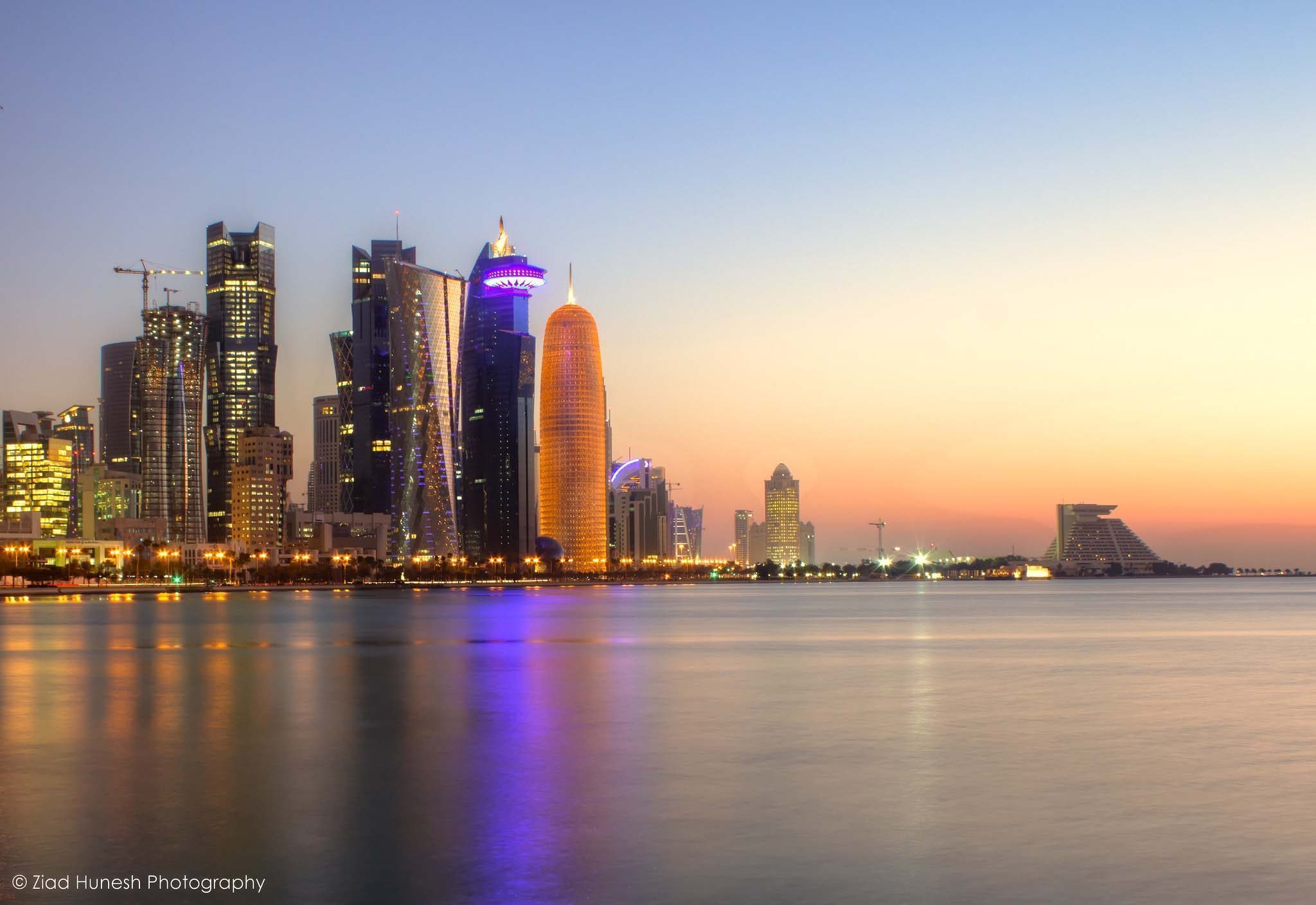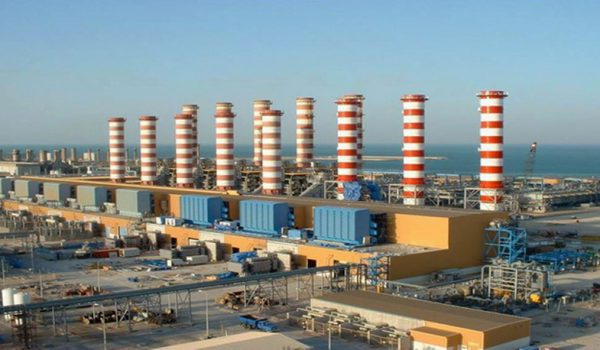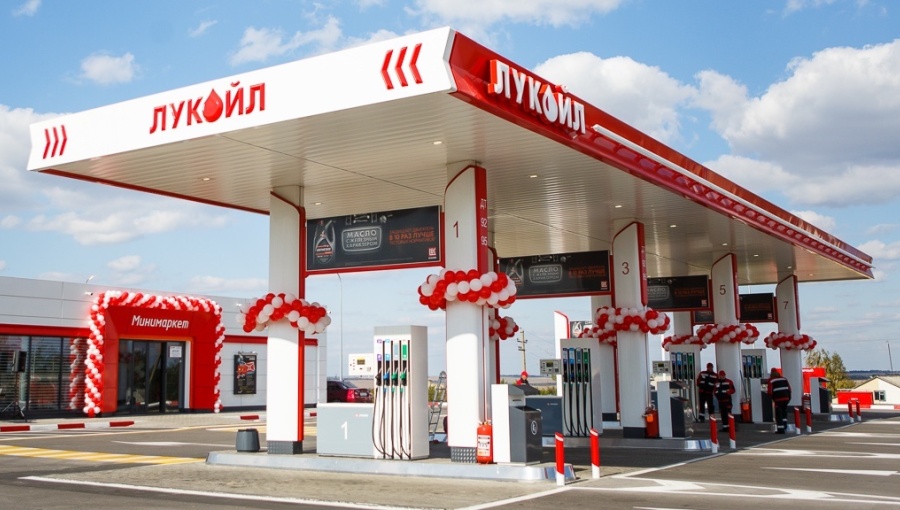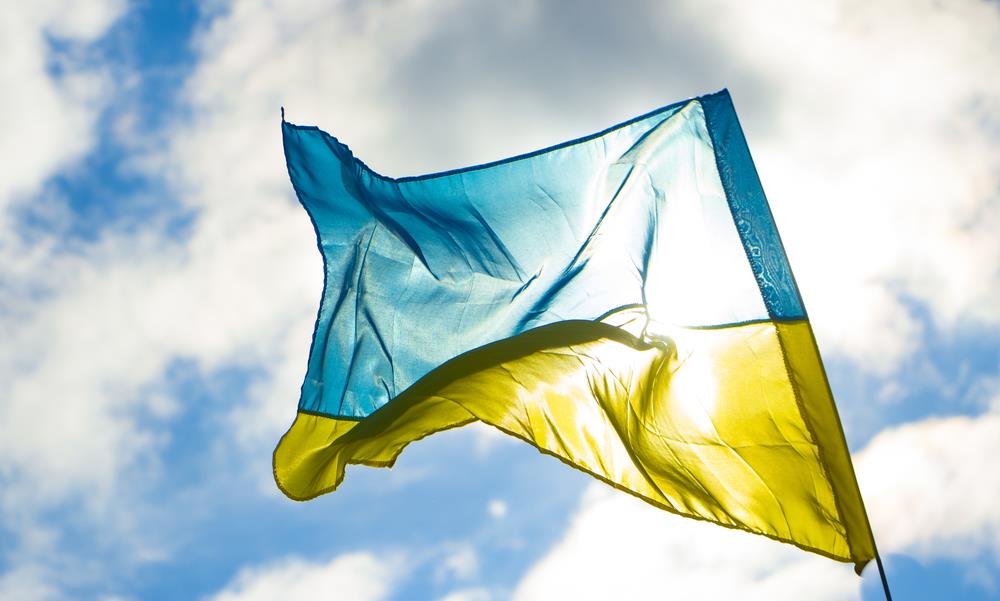
Ambitious plans to cut energy usage in Qatar appear to be falling short, after latest figures released by Qatar General Electricity and Water Company (Kahramaa) show a 12 percent rise in demand for power over the past year.
The increase appears to be in line with Qatar’s population growth over the same period, indicating that per capita demand for electricity has remained static over the last 12 months.
But while it is encouraging that per capita use has not risen, the numbers raise questions about the effectiveness of conservation campaigns such as Kahramaa’s Tarsheed, which have been encouraging people to use less water and energy.
Consumption woes
In a recent statement, the state utilities company admitted it had seen a “great and unexpected increase” of 12 percent in its maximum electricity load for Sept. 7, 2014 compared to a year ago, rising from 6,000MW to 6,740MW.

Meanwhile, Qatar’s population growth rose just over 11 percent, from 1.86 million at the end of August 2013 to over 2 million at the same time this year, according to the latest figures from the Ministry of Development, Planning and Statistics.
The implications of rising demand are not small. Kahramaa has been working to increase capacity to avoid power outages for example, which are more frequent in the summer as residents rely heavily on air conditioning to stay cool throughout the day.
The desert country must also worry about its water supply.
Qatar is one of the world’s biggest consumers of water – four times as much as many European countries and 10 times more than many others.
This is despite the fact that the state has only has a 48-hour emergency water supply, although it is trying to increase this capacity through intensive investment in new desalination technologies using solar power and other systems.
There is also a US$2.7 billion scheme underway to build five “mega” reservoirs outside Doha by 2016, with the goal of shoring up to a seven-day water supply.
Qatar has also been ranked one of the least energy efficient nations in the world.
Officials have suggested this is in part because the state provides free utilities for its nationals, and heavily subsidizes the provision of water and electricity to expats, giving people little financial incentive to be conscious of their consumption.
As Kahramaa is unable to increase prices in a bid to turn off the light switch or the tap, it relies on appealing to residents’ social consciences through public awareness campaigns run by Tarsheed.
New targets
In April this year, Kahramaa said reducing the nation’s energy and water consumption was one of its key priorities and announced new targets as part of a new five-year plan under its 2014-18 strategy.
Over the next few years, the company aims to cut electricity usage per person by 9 percent – from 43 KWh/day currently to 39KWh/day by 2018.

Another goal is to see a 23 percent reduction in the amount of water used per person, from 595 liters/day to 459 liters/day over the next four years.
Kahramaa does have some powers to penalize people who use more than the average amount of water and electricity.
By law, it can issue fines to people who keep their porch lights during daylight hours, and it has started contacting people who have higher energy usage than expected. However, such techniques appear to have had negligible impact so far.
The utilities company is considering installing smart meters in homes to help people monitor, and hopefully reduce their usage.
Other organizations have joined the push for greater environmental awareness.
This week, the Qatar Green Building Council (QGBC), in collaboration with Qatar Foundation, launched a new e-survey How green is your home? to encourage residents to log their usage of water, gas and electricity for one month.
After studying not only overall consumption, but all patterns of behavior and the way people use their household appliances, the council hopes to come up with new ideas for encouraging people to live in a more environmentally sustainable way.
Thoughts?







